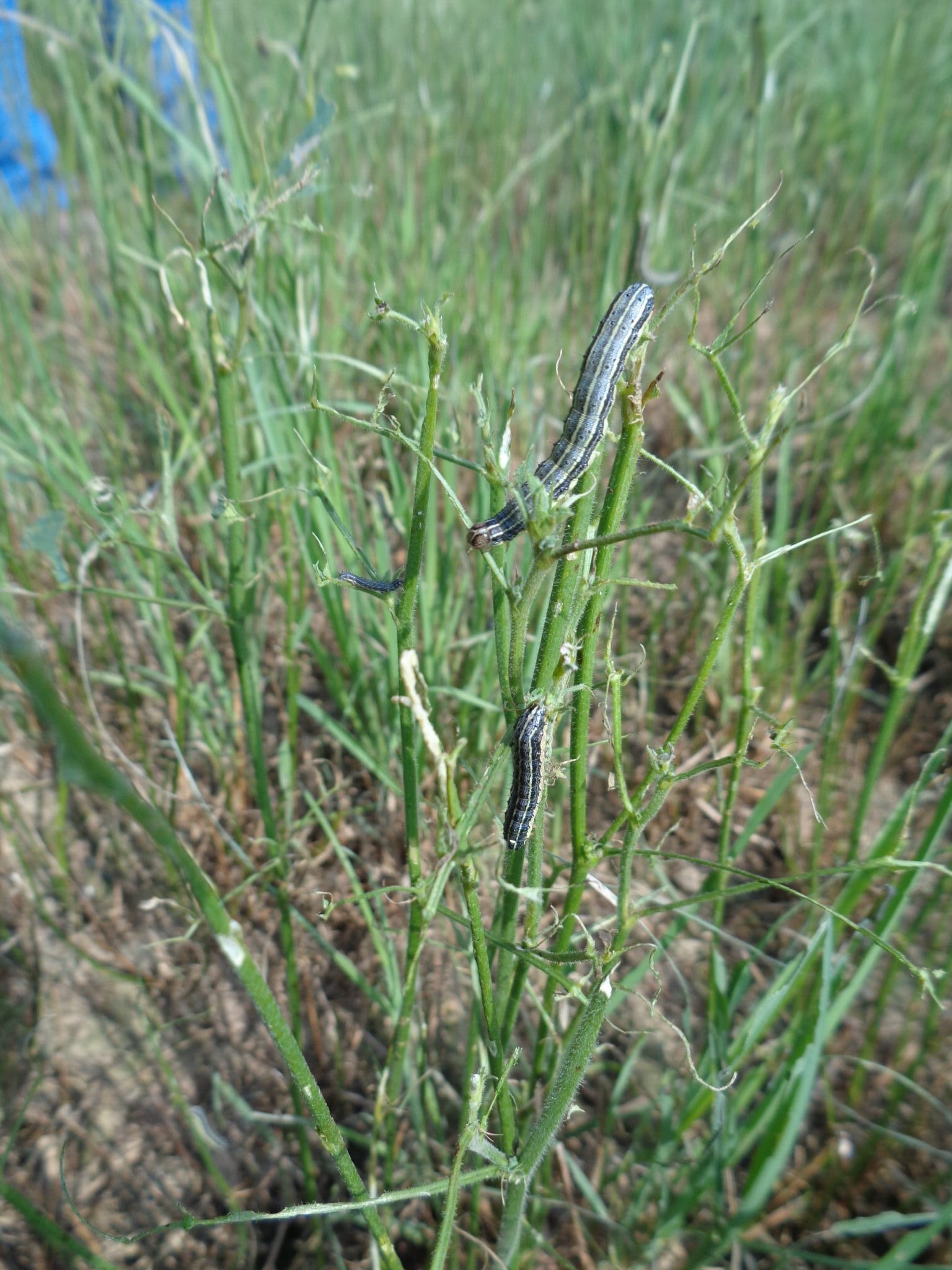This past week has been problematic.
For the world – Afghanistan
For the southeastern USA – Hurricane Ida
For Indiana and surrounding states – Fall armyworm
Reflections regarding the fall armyworm
- Fall armyworm invasion was predicted in early August by Purdue University entomologists. Their expertise is valued. Thank you to the individuals that track moth flights during the year.
- Taking time to scout crops is very important. Those that did this “best management practice” had an opportunity to control the fall armyworm before extreme devastation occurred.
- Extreme defoliation of the forage is somewhat equivalent to a close grazing or machine harvest.
- Availability of many approved insecticides with varying harvest restrictions was important to meeting the varying needs of producers.
- The effort of the agricultural industries response to providing and applying insecticides in a timely manner was appreciated.
Response to the fall armyworm
- Continue scouting fields often for several more weeks. The entomologists indicate that there may be more armyworm egg hatch occurring.
- Devastated forage that was ready to be harvested by machine or grazed by livestock will be less impacted as compared to those that were not because carbohydrate and protein reserves in storage organs used for regrowth were adequate.
- Do not take another machine harvest from damaged fields. We are at the time of year anyway when the last growing season harvest should be completed.
- Avoid grazing extremely defoliated pastures for the rest of the year unless growth is abundant after plants are dormant. If grazing occurs in the late fall, do not overgraze.
- If fertilizer is recommended by soil test, apply now as this may help weakened forages.
- Continue reading the Purdue University Pest & Crop Newsletter and encourage others to become weekly recipients. It just might make a difference in keeping your agronomic crops healthy.



